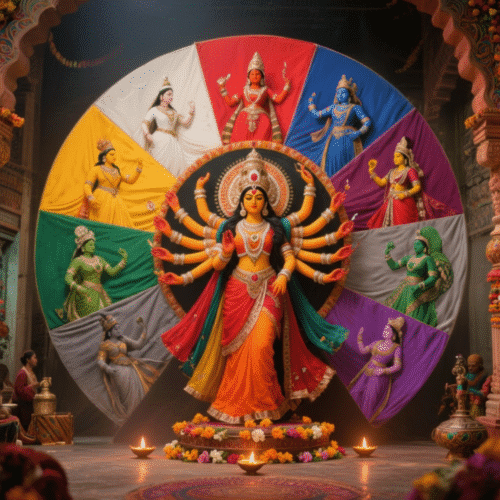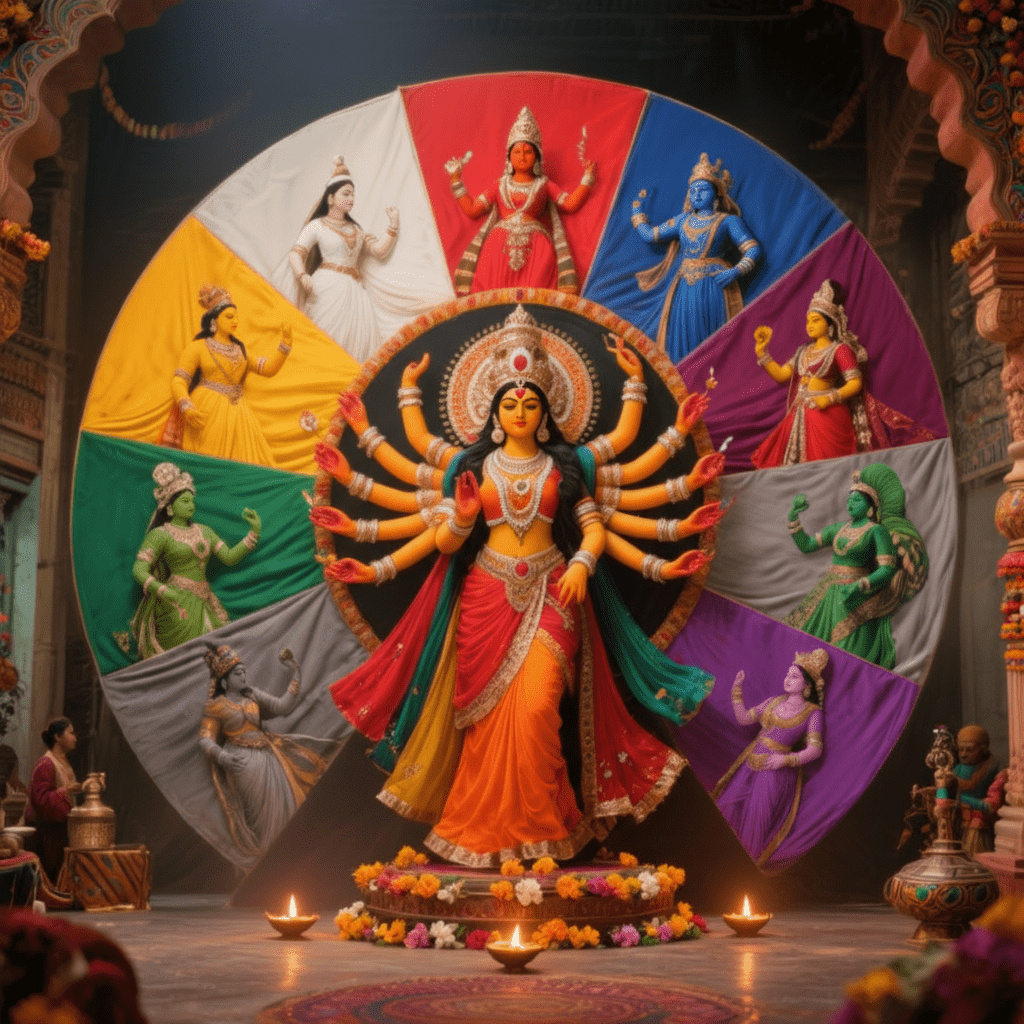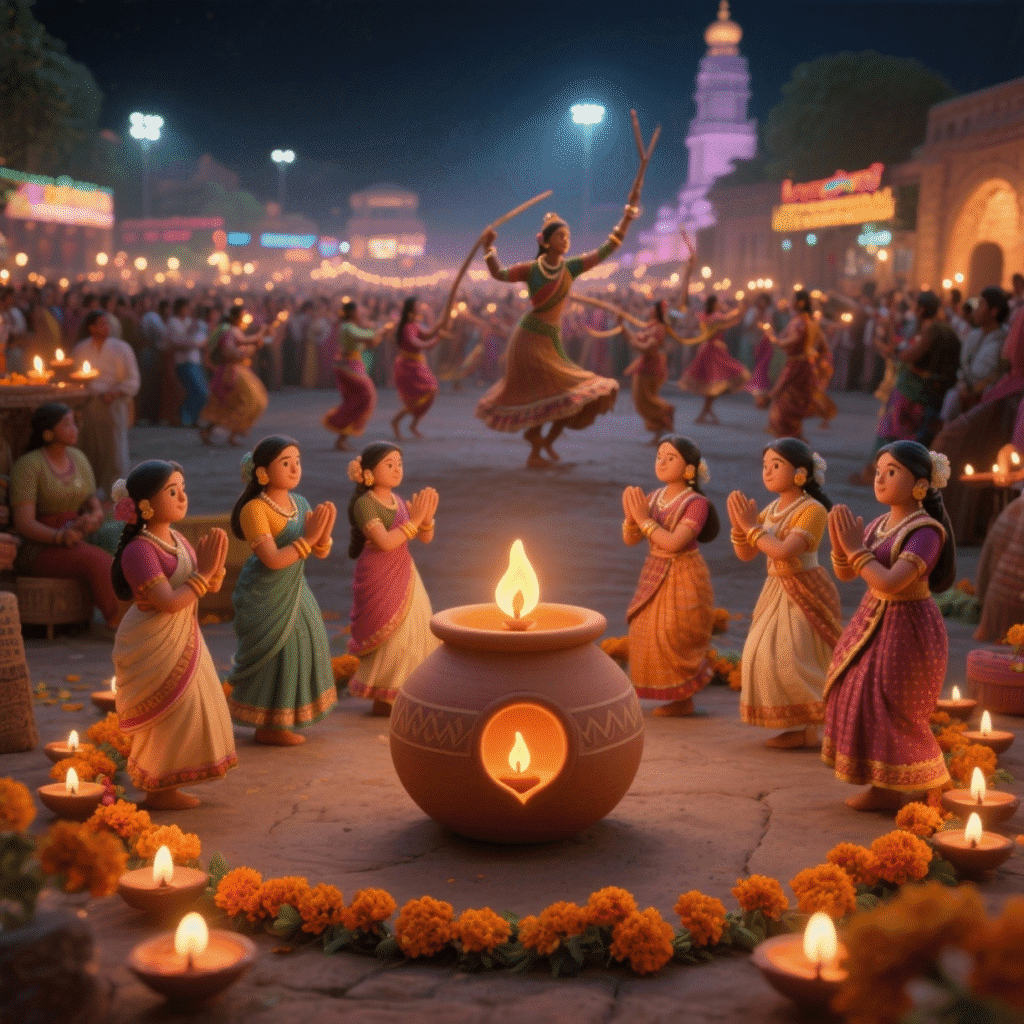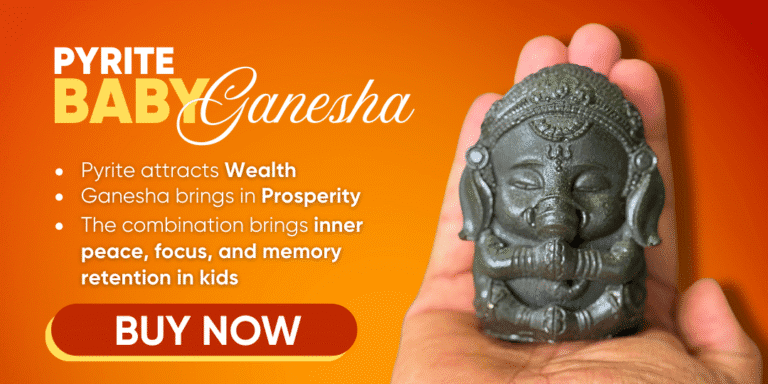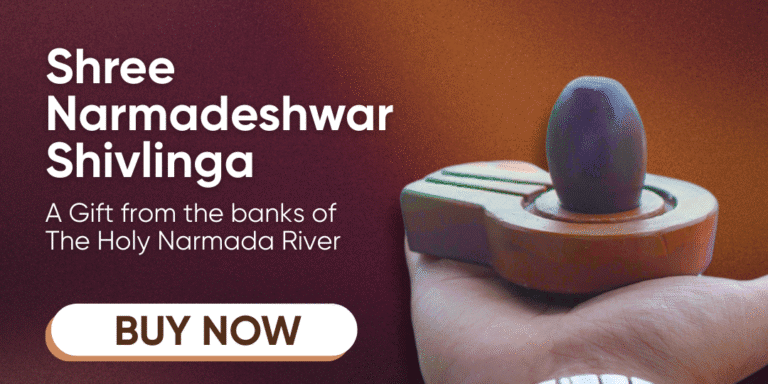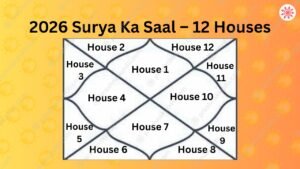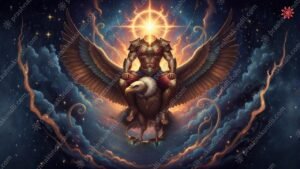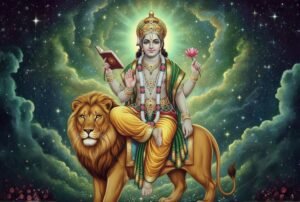Navratri 2025: Colors, Garba, Muhurth & Lehengas that Tell a Story
Navratri is not just a festival—it’s an emotion that connects millions of hearts. From the devotional chants in temples to the vibrant Garba nights under glittering lights, Navratri celebrates devotion, discipline, dance, and divine energy. Especially in states like Gujarat, Rajasthan, Maharashtra, and Madhya Pradesh, these nine nights feel like a magical journey.
Let’s explore the history, traditions, colors, lehengas, Garba, and muhurth of Navratri 2025 in detail.
📖 Historical Roots of Navratri
The word “Navratri” comes from Sanskrit: “Nava” (nine) + “Ratri” (nights). It’s a celebration of Goddess Durga’s victory over Mahishasura, symbolizing the triumph of good over evil.
- Gupta Period (4th–6th Century): Early temple inscriptions mention Durga worship and seasonal festivals.
- 7th Century CE: Historians trace the earliest organized Navratri celebrations to the Chalukya and Pallava dynasties in South India.
- Medieval Era: Navratri evolved differently across regions:
- Gujarat: Garba and Dandiya Raas
- West Bengal: Durga Pooja
- Tamil Nadu: Ayudha Pooja
- Today: Navratri has gone global. From New Jersey to Nairobi, Garba and Durga pandals bring Indian communities together.
🌺 Benefits of Celebrating Navratri
Navratri isn’t just about fasting or dancing—it’s a holistic festival with spiritual, physical, and cultural benefits:
- Spiritual Growth: Connects you with Maa Durga’s nine forms.
- Positive Energy: Fasting purifies the body and mind.
- Health Benefits: A simple sattvic diet detoxifies the system.
- Cultural Unity: Garba, Dandiya, and Aarti unite communities.
- Inner Strength: Invokes Shakti to overcome struggles.
- Preservation of Heritage: Keeps ancient customs alive.
Festive Joy: Music, colors, and dance bring happiness.
The Story of Garba—Its First Play & Deeper Meaning
The roots of Garba are as sacred as the dance itself. The word “Garba” comes from “Garbha Deep”—a clay pot with a lamp placed inside. This symbolizes the womb (life) and the soul (light).
The roots of Garba are as sacred as the dance itself. The word “Garba” comes from “Garbha Deep”—a clay pot with a lamp placed inside. This symbolizes the womb (life) and the soul (light).
- First Recorded Garba: In the 14th century, during the Solanki dynasty in Gujarat. Rural women danced around the garbi (clay pot), clapping to rhythmic beats.
- Why It’s Played:The circular formation represents the endless cycle of birth, life, death, and rebirth. The lamp in the pot symbolizes the eternal divine soul.
- Connection with Goddess: Every clap, step, and twirl is a prayer to Maa Amba.
Later, in the 15th century, with the Krishna Bhakti movement, Dandiya Raas was added. Today, cities like Vadodara, Ahmedabad, Surat, and Rajkot host world-famous Garba nights, where thousands dance together.
💃 Benefits of Playing Garba
Garba is more than a dance—it’s a blend of devotion, fitness, and cultural pride.
✨ Spiritual Benefits
- Aligns with the divine energy of Maa Durga
- Represents the eternal life cycle
- Cleanses aura and removes negativity
- Awakens inner Shakti (strength)
✨ Physical Benefits
- Excellent cardio workout (burns 400–500 calories/hour)
- Improves stamina, balance, and flexibility
- Strengthens posture and body coordination
- Releases stress and anxiety
✨ Social & Cultural Benefits
- Builds unity beyond caste and community
- Preserves Gujarat’s folk traditions
- Strengthens friendships and family ties
- Creates festive joy and confidence
Garba is not just exercise—it’s prayer in motion.
🌈 The 9 Colors of Navratri 2025
Each day of Navratri is linked to a form of Maa Durga and represented by a colour. This tradition became popular in Maharashtra during the 20th century and is now celebrated across India.
- Day 1 – Orange (Maa Shailputri): Courage & new beginnings
- Day 2 – White (Maa Brahmacharini): Purity & peace
- Day 3 – Red (Maa Chandraghanta): Strength & passion
- Day 4 – Royal Blue (Maa Kushmanda): Prosperity & power
- Day 5 – Yellow (Maa Skandmata): Positivity & happiness
- Day 6 – Green (Maa Katyayani): Growth & fertility
- Day 7 – Grey (Maa Kalaratri): Protection & discipline
- Day 8 – Purple (Maa Mahagauri): Dignity & wisdom
- Day 9 – Peacock Green (Maa Siddhidatri): Compassion & blessings
👗 The Beauty of Navratri Lehengas
Lehengas became central to Navratri during the 19th century in Gujarat, when women began wearing mirror-work chaniya cholis decorated with beads, shells, and embroidery. Designed for comfort and elegance, they are perfect for long Garba nights.
🌟 Benefits of Wearing Lehengas
- Spiritual: Matches your aura with the goddess of the day
- Cultural: Keeps Indian folk traditions alive
- Festive: Boosts beauty, grace, and confidence
- Practical: Allows twirls, spins, and comfort for hours of dancing
🌟 9 Lehengas for 9 Colors
- Orange: Embroidered lehenga radiating courage
- White: Elegant chikankari for purity
- Red: Zari border lehenga symbolizing strength
- Royal Blue: Sequin-rich lehenga for prosperity
- Yellow: Light cotton lehenga for joy
- Green: Leaf-pattern lehenga for fertility
- Grey: Simple silk lehenga for balance
- Purple: Velvet lehenga for wisdom
- Peacock Green: Layered lehenga for freshness
- First Recorded Garba: In the 14th century, during the Solanki dynasty in Gujarat. Rural women danced around the garbi (clay pot), clapping to rhythmic beats.
Muhurth of Navratri (Day 1–Day 9)
Muhurth means auspicious timing. Worship during these periods invites maximum divine energy.
Day 1 – Pratipada: Kalash Sthapana, Maa Shailputri’s blessings
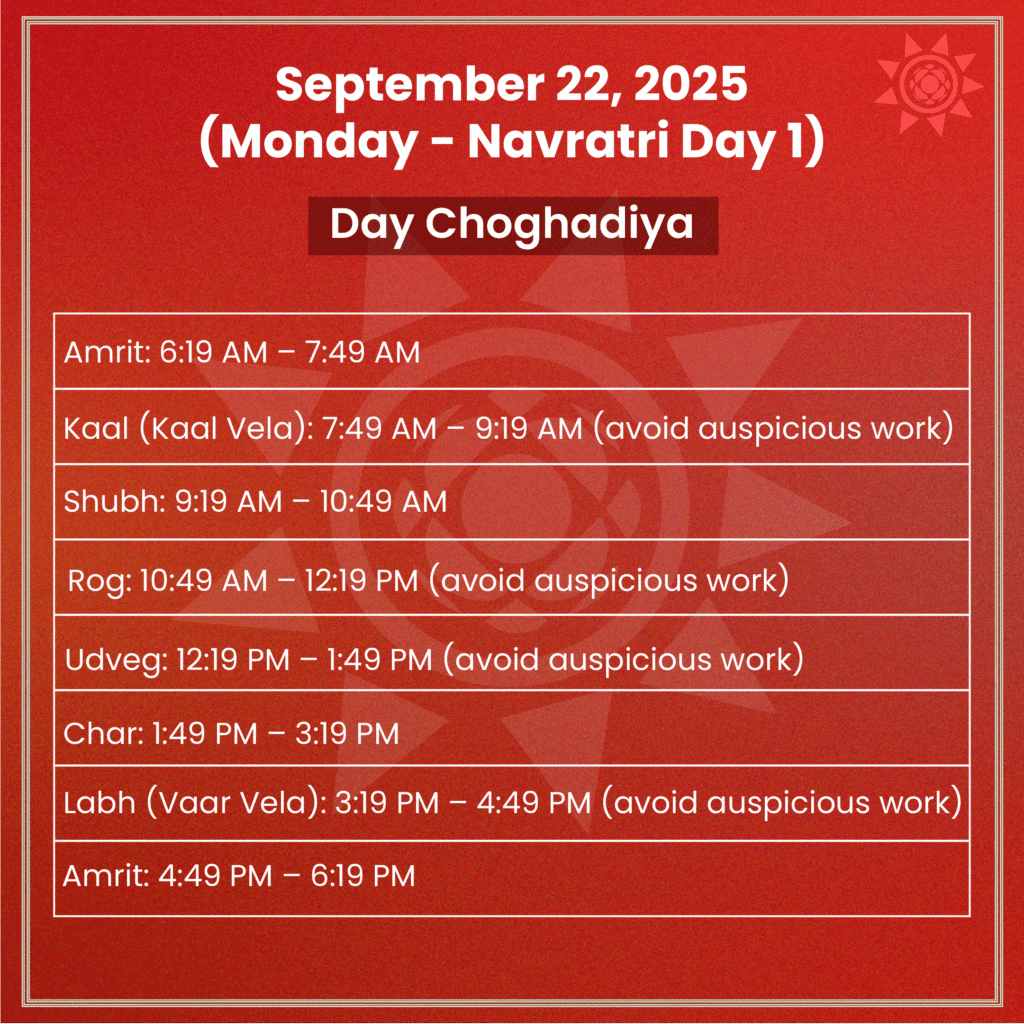
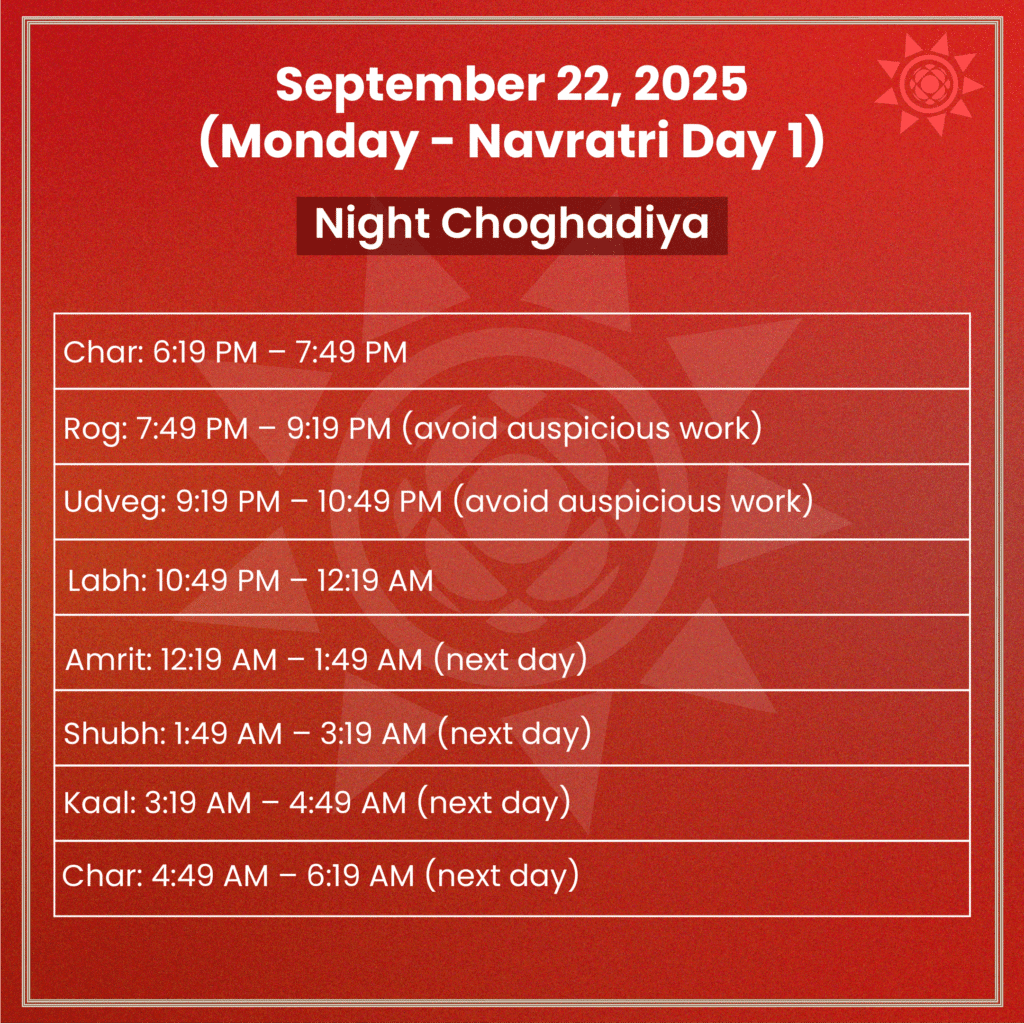
Day 2 – Dwitiya: Devotion to Maa Brahmacharini
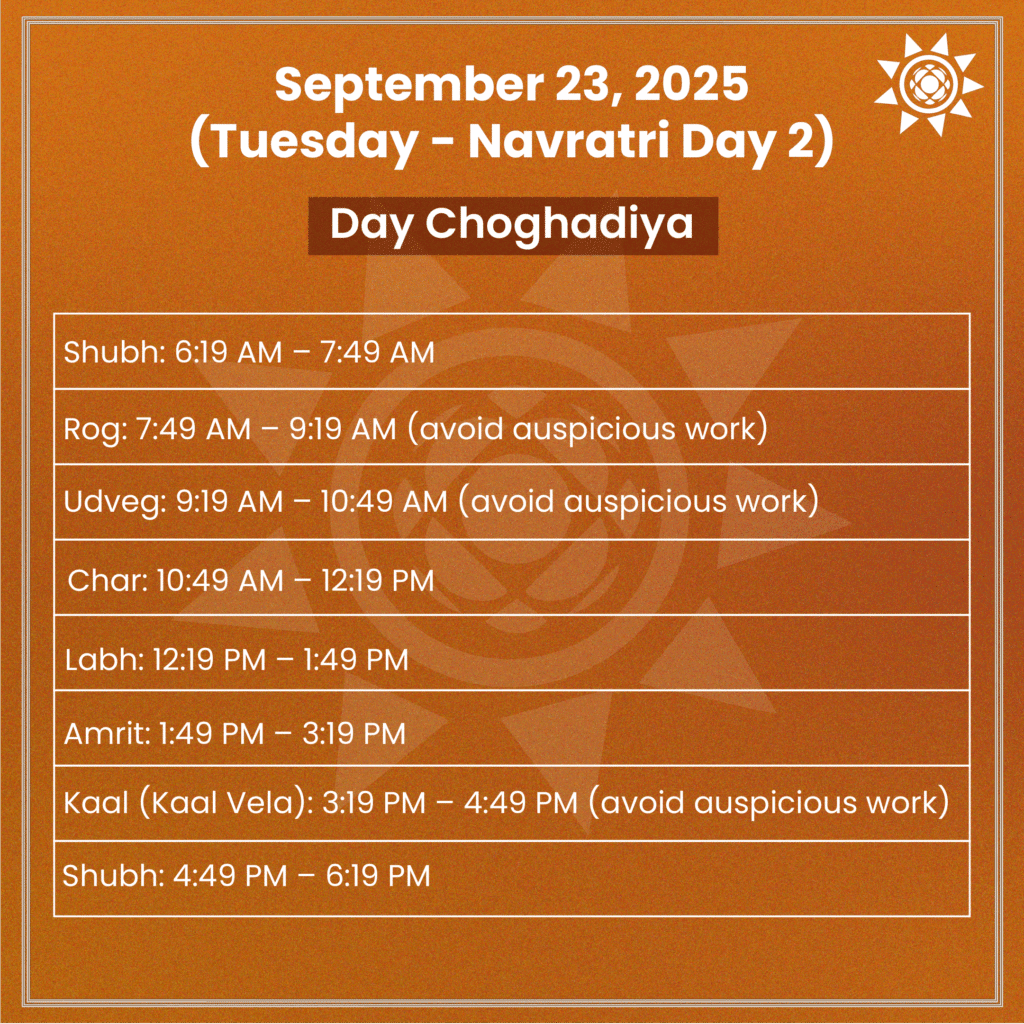
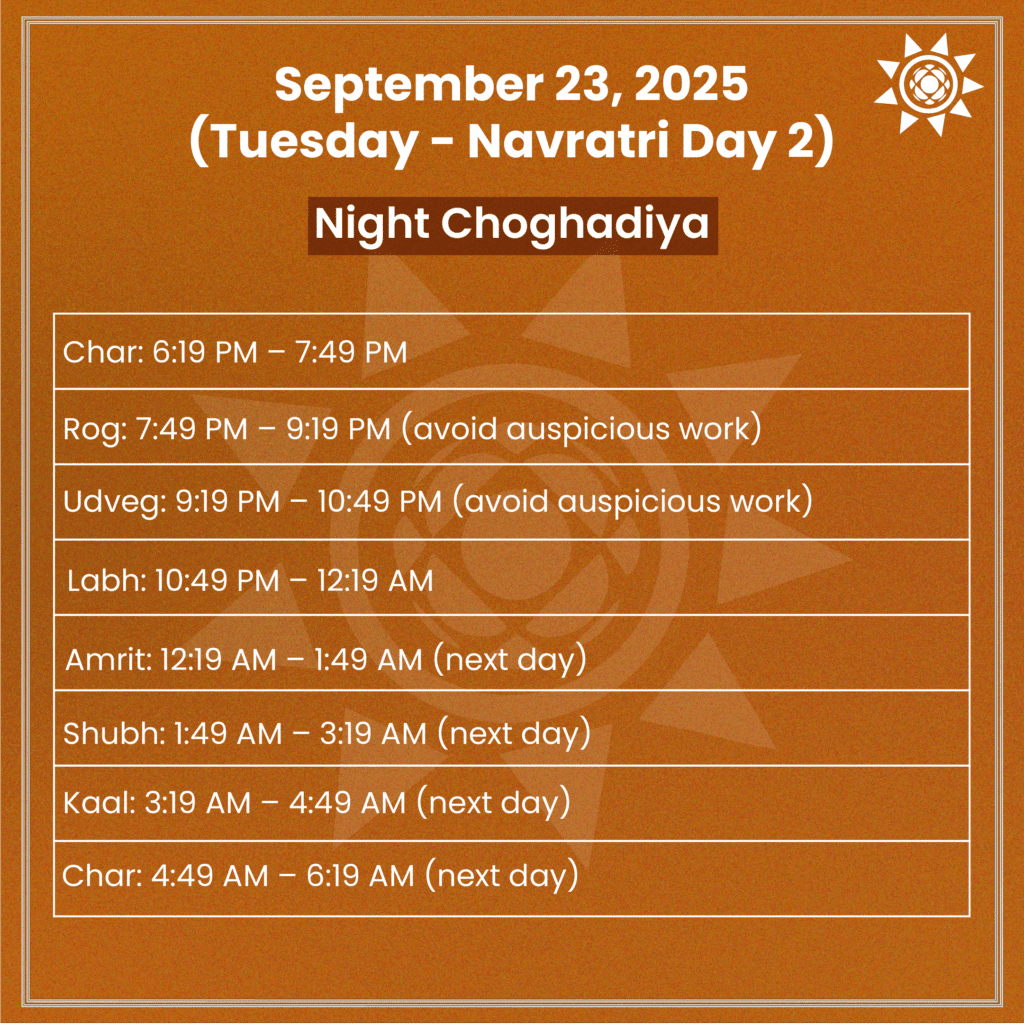
Day 3 – Tritiya: Protection from Maa Chandraghanta
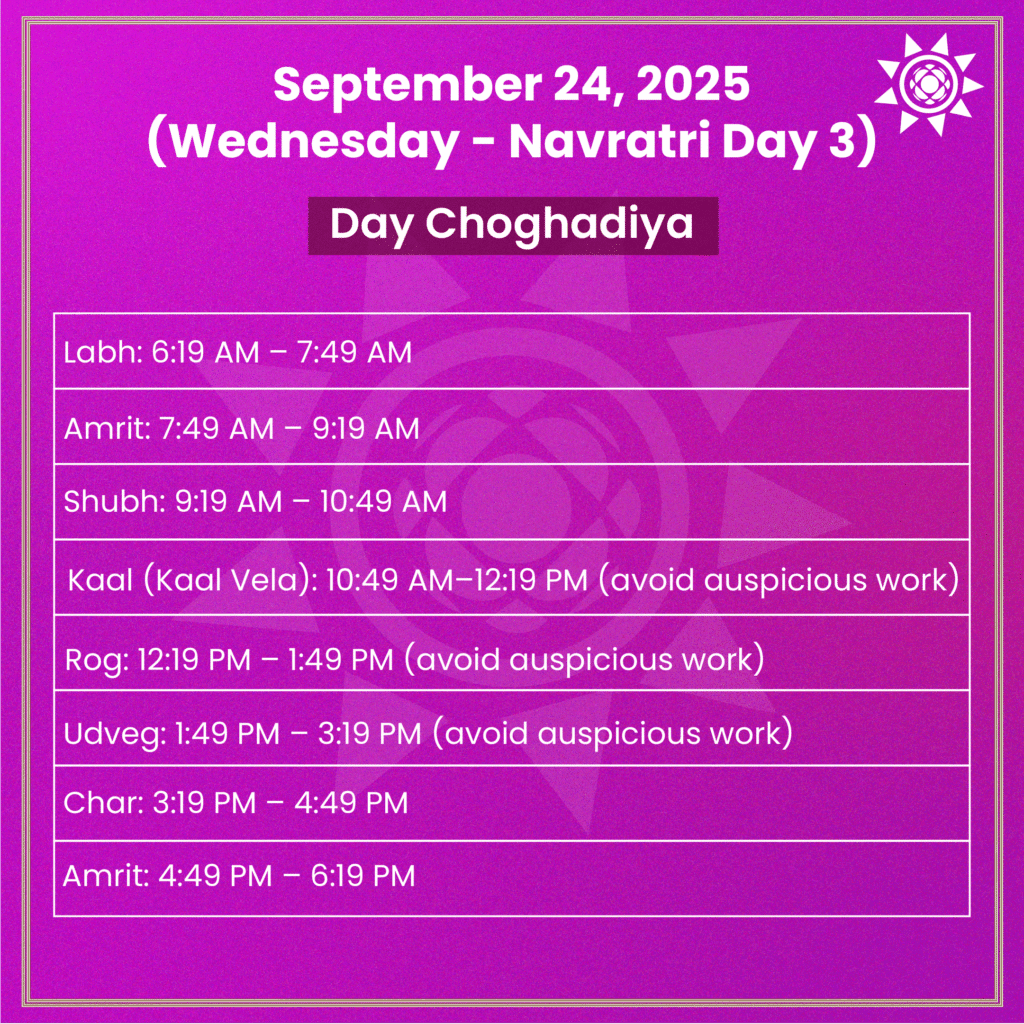
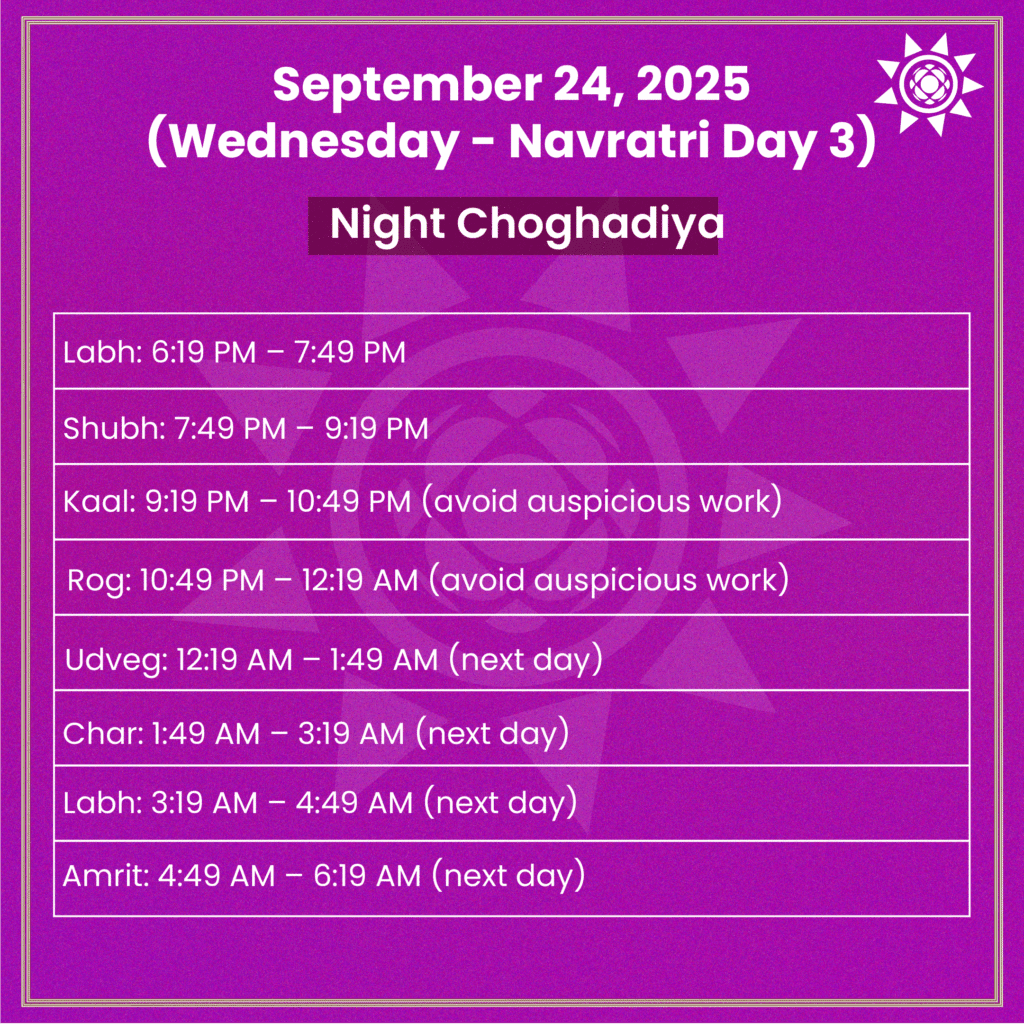
Day 4 – Chaturthi: Prosperity through Maa Kushmanda
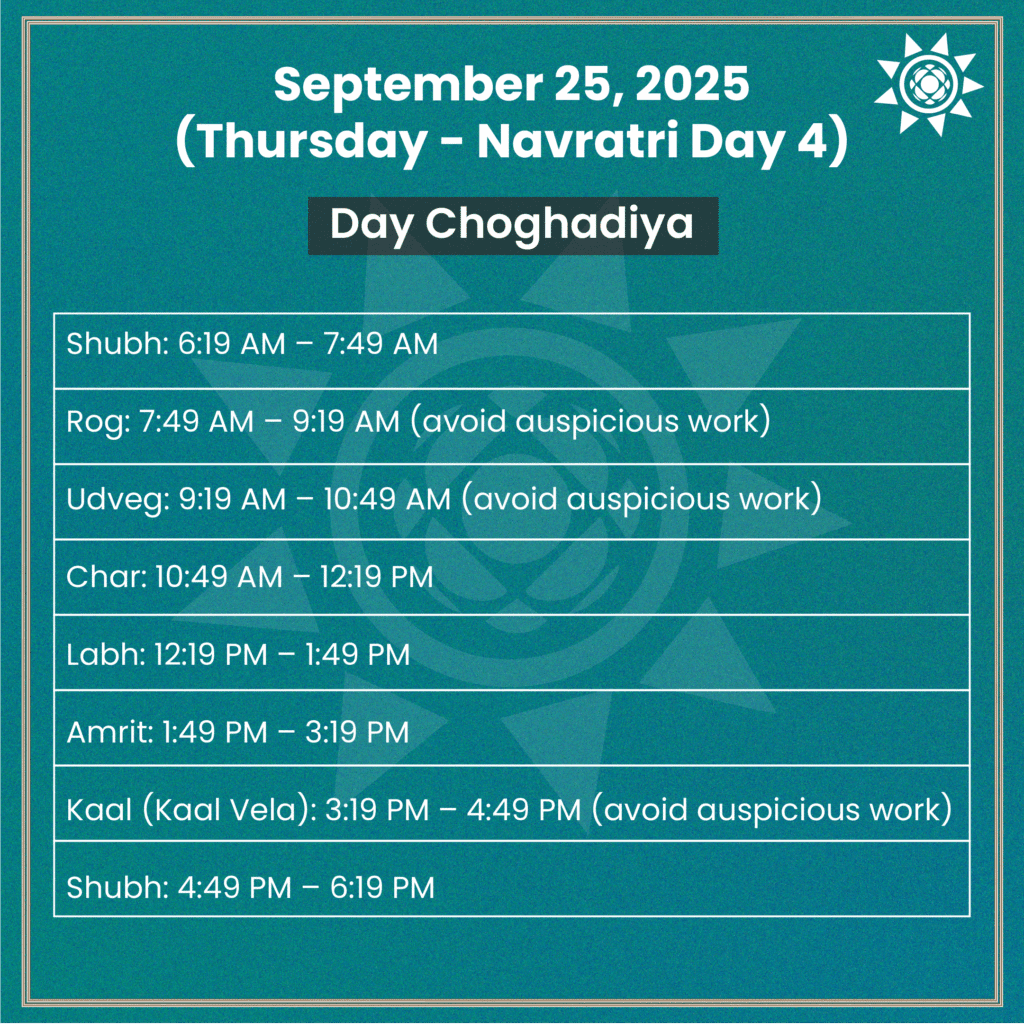
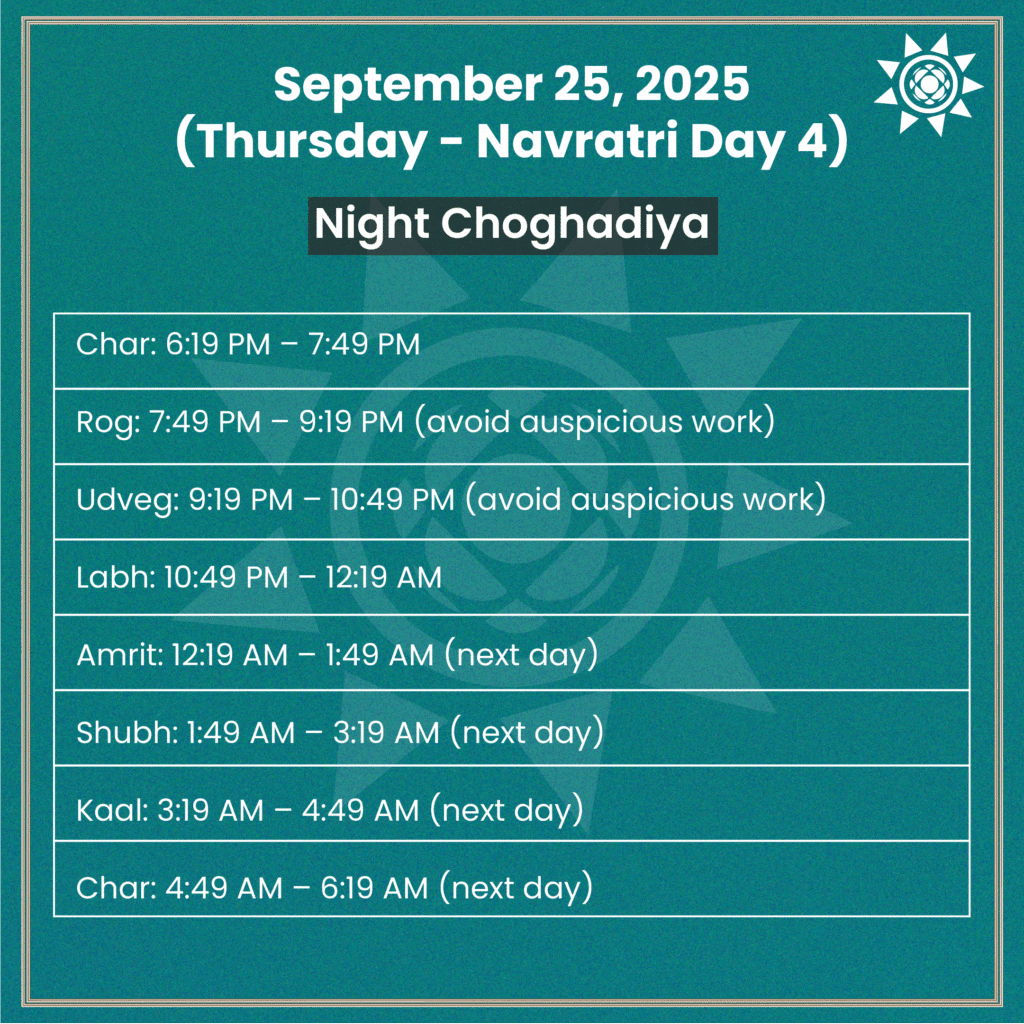
Day 5 – Panchami: Motherly love of Maa Skandmata
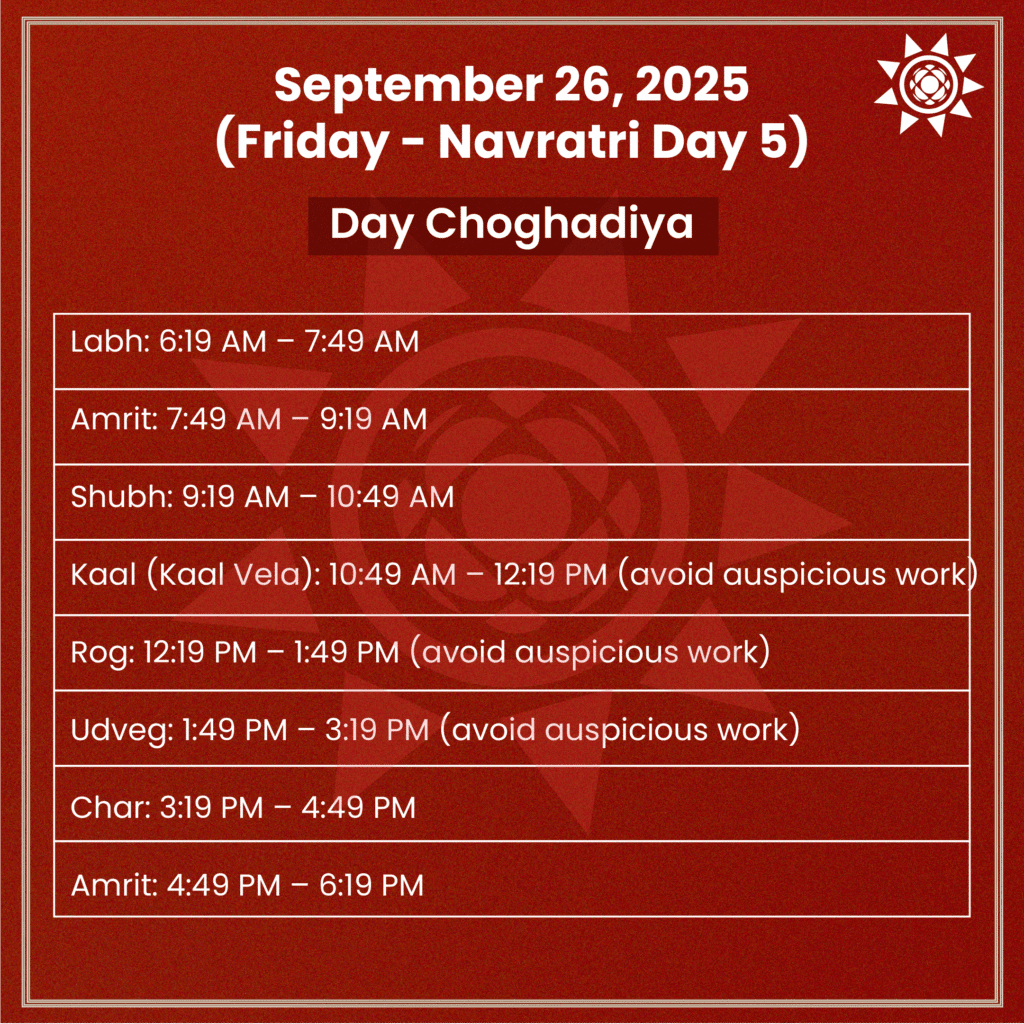
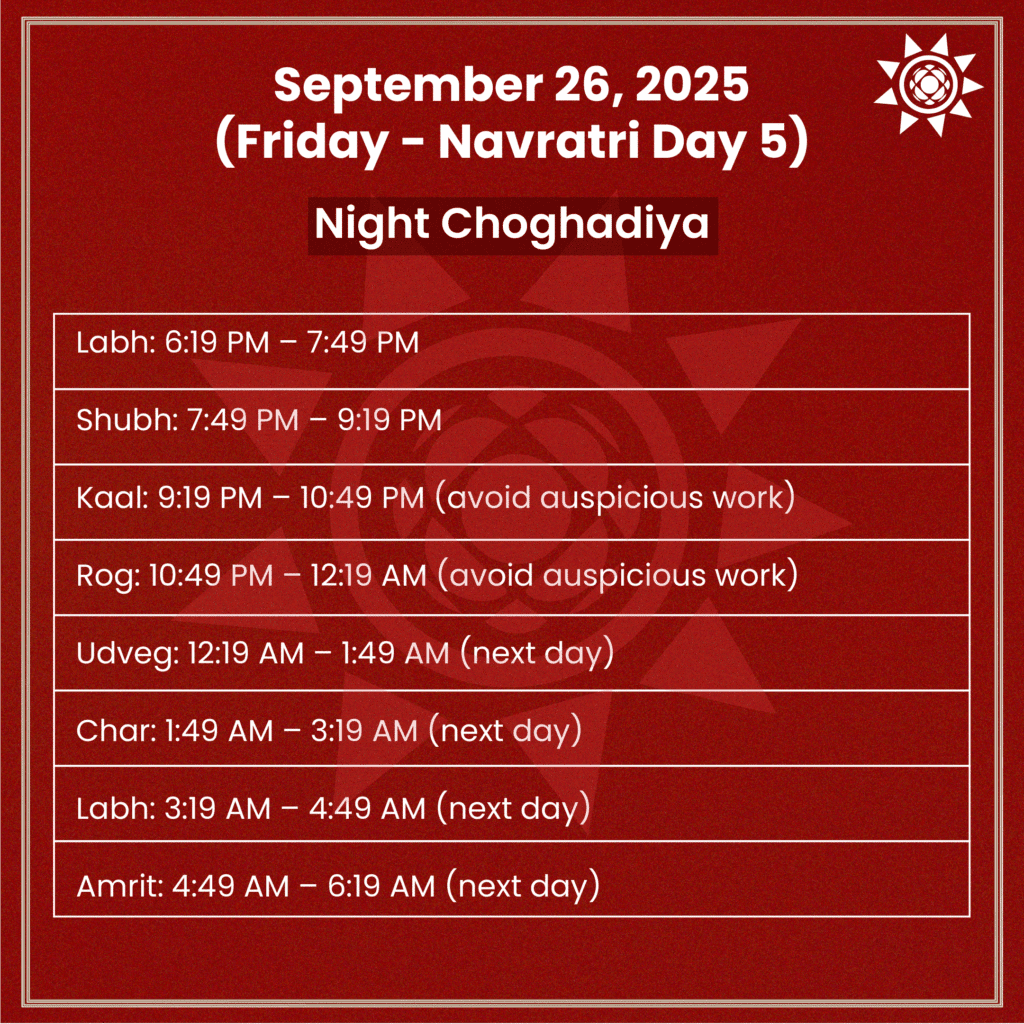
Day 6 – Shashti: Fulfillment of wishes by Maa Katyayani
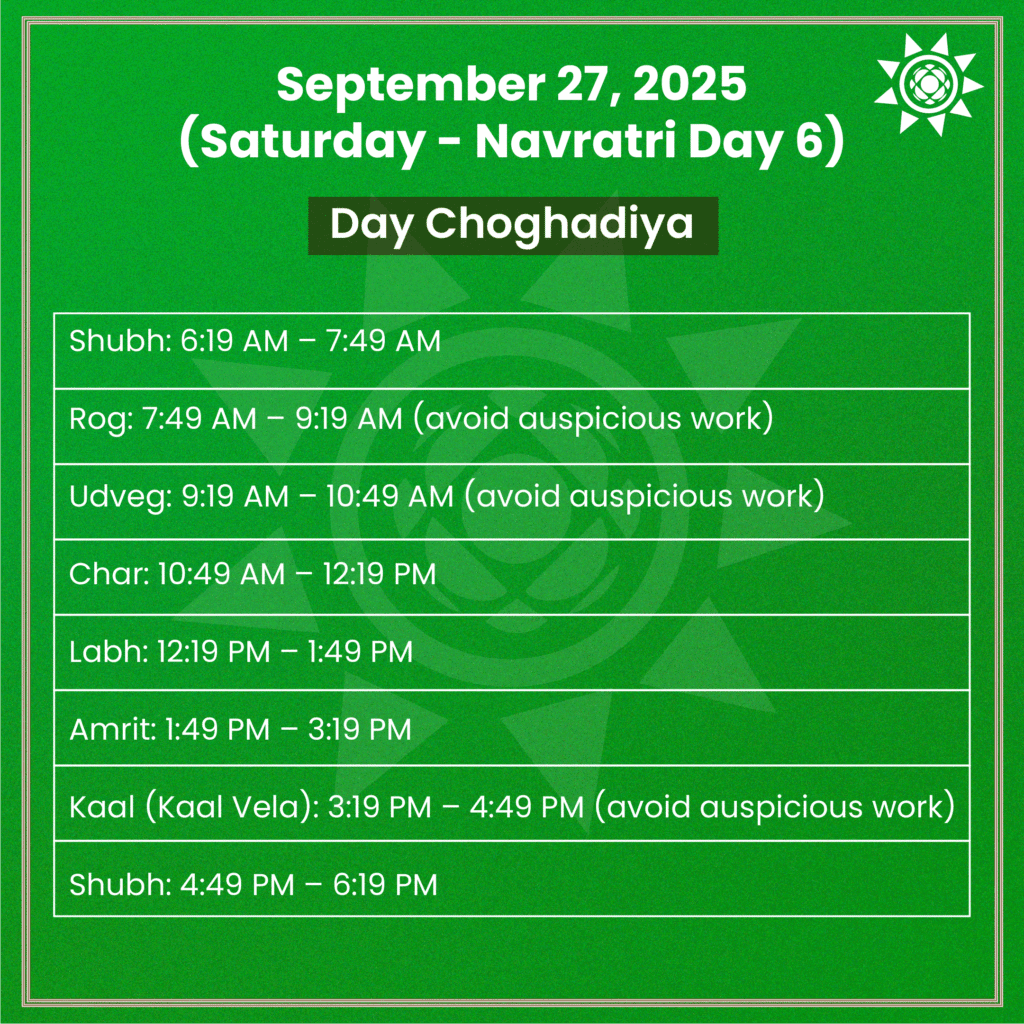
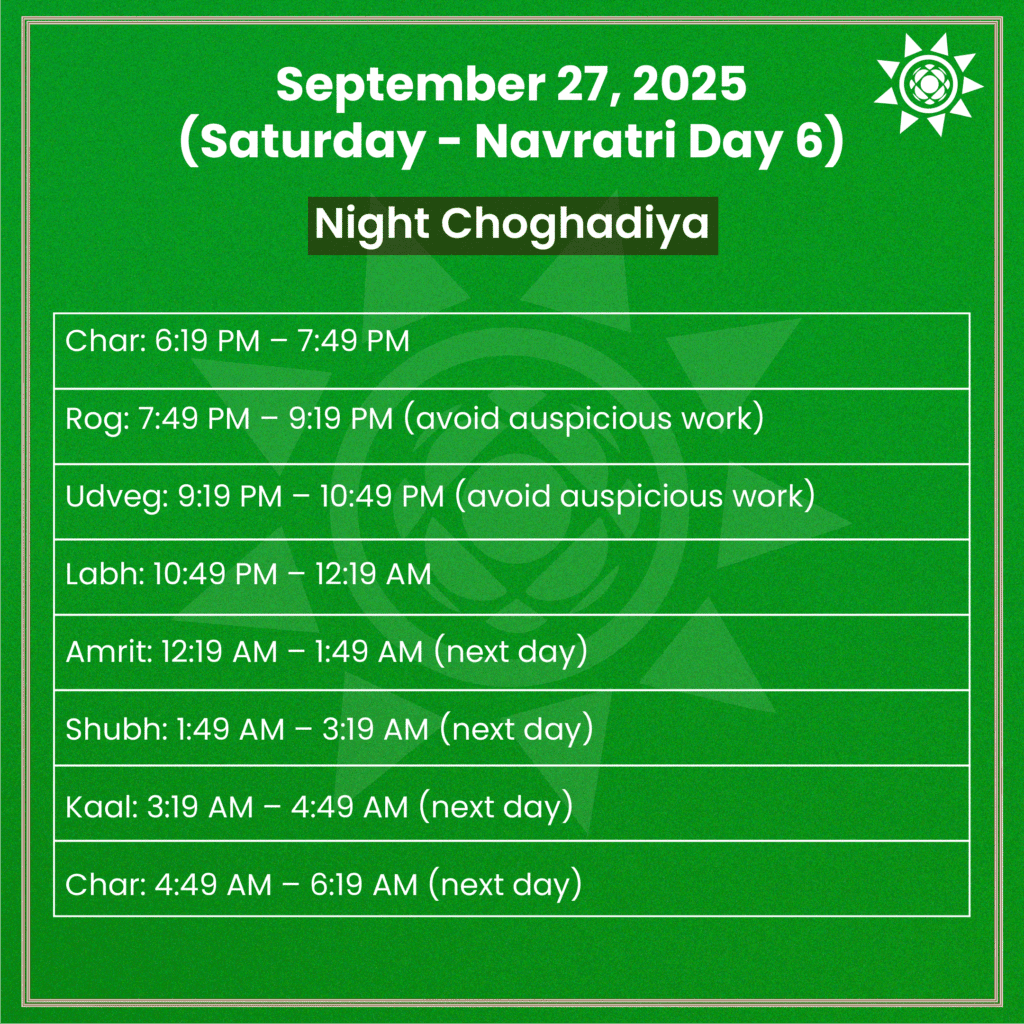
Day 7 – Saptami: Destruction of negativity by Maa Kalaratri
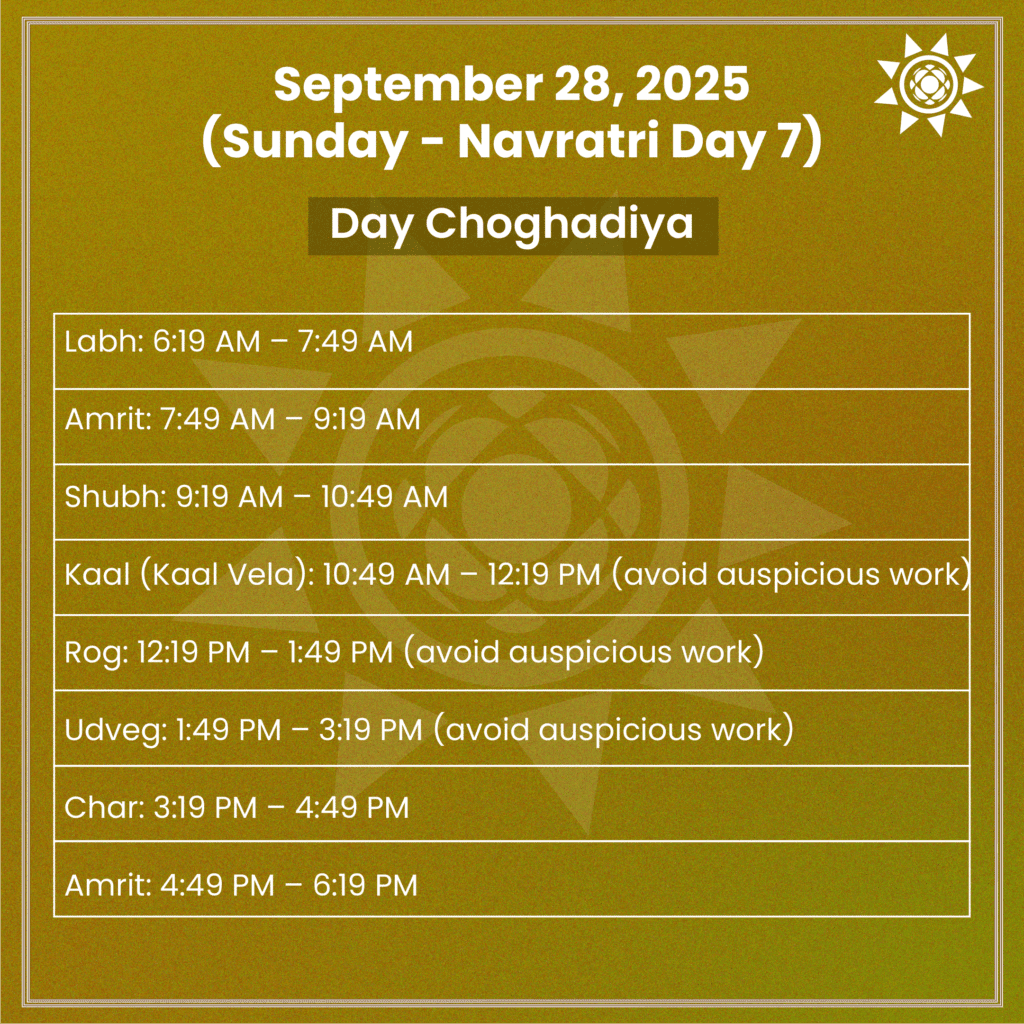
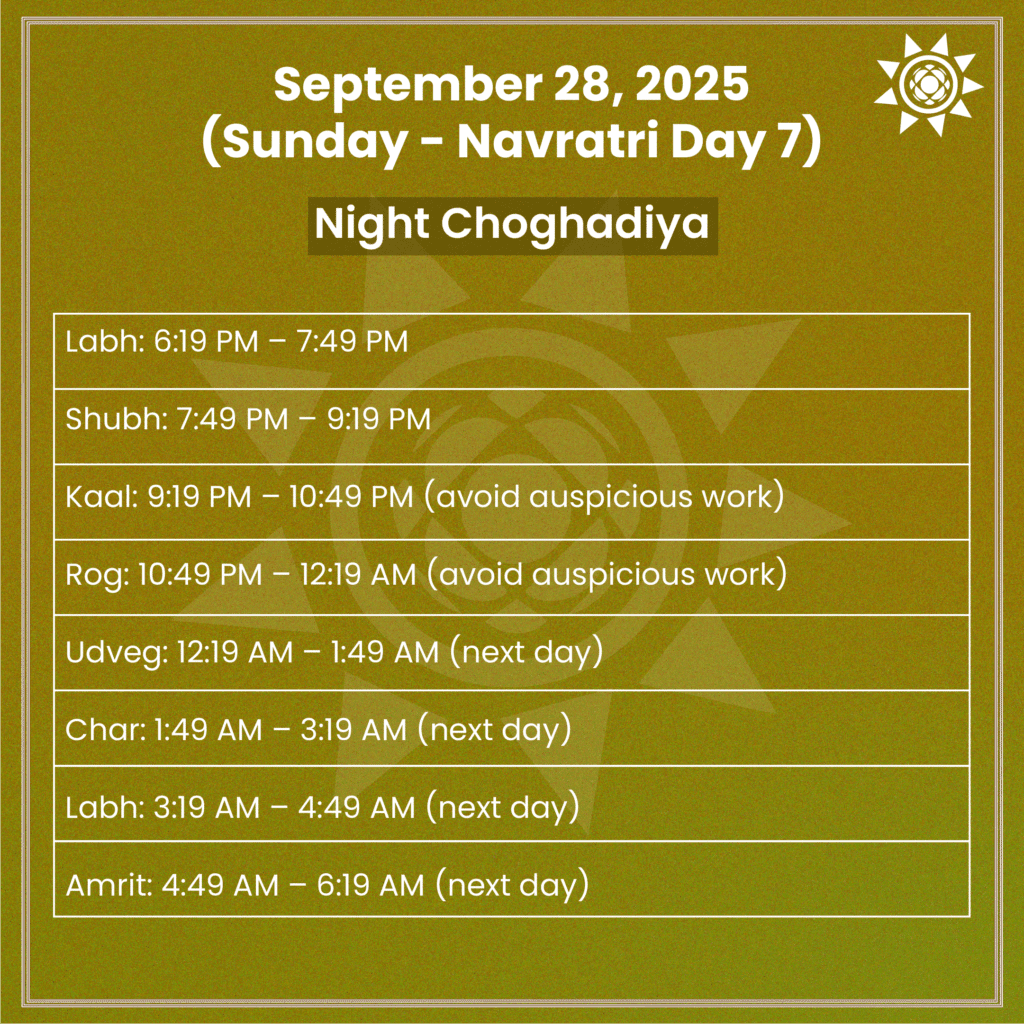
Day 8 – Ashtami: Purity and peace from Maa Mahagauri
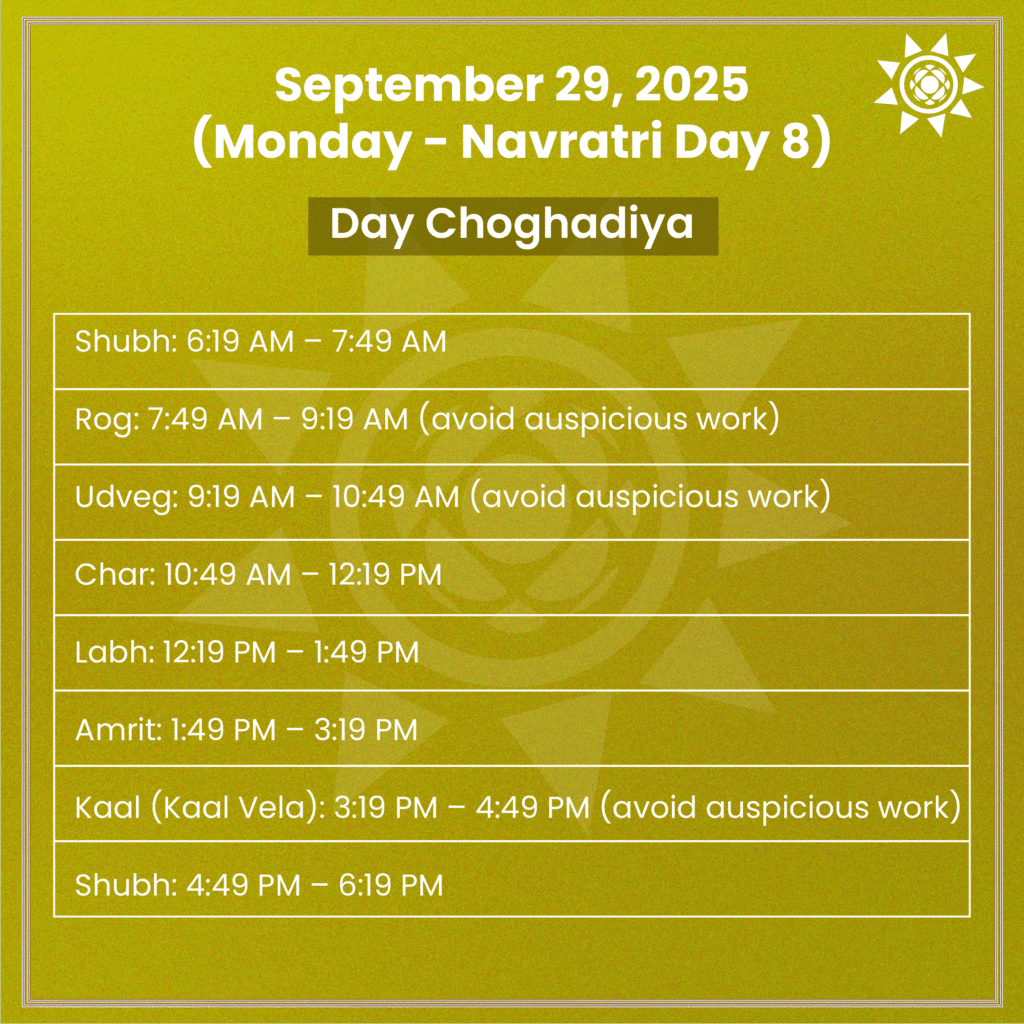
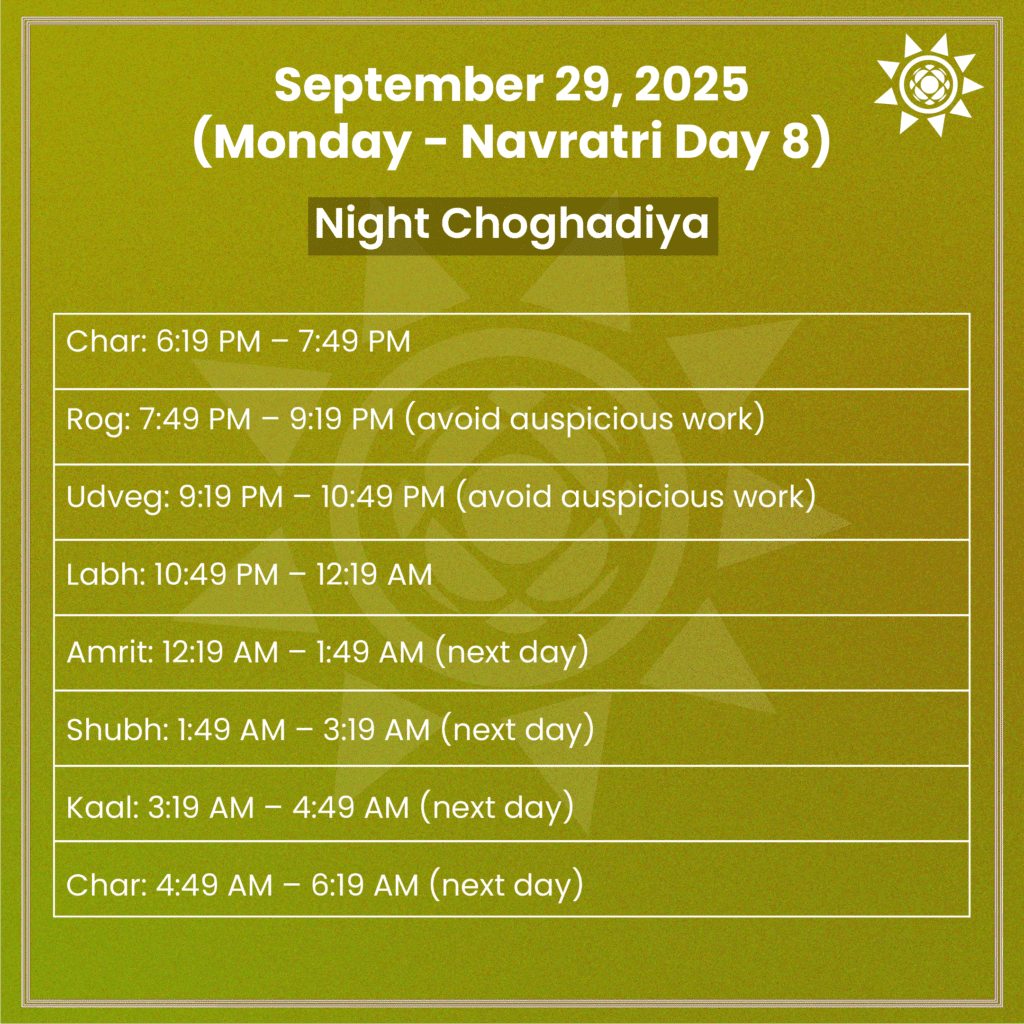
Day 9 – Navami: Blessings and siddhis from Maa Siddhidatri
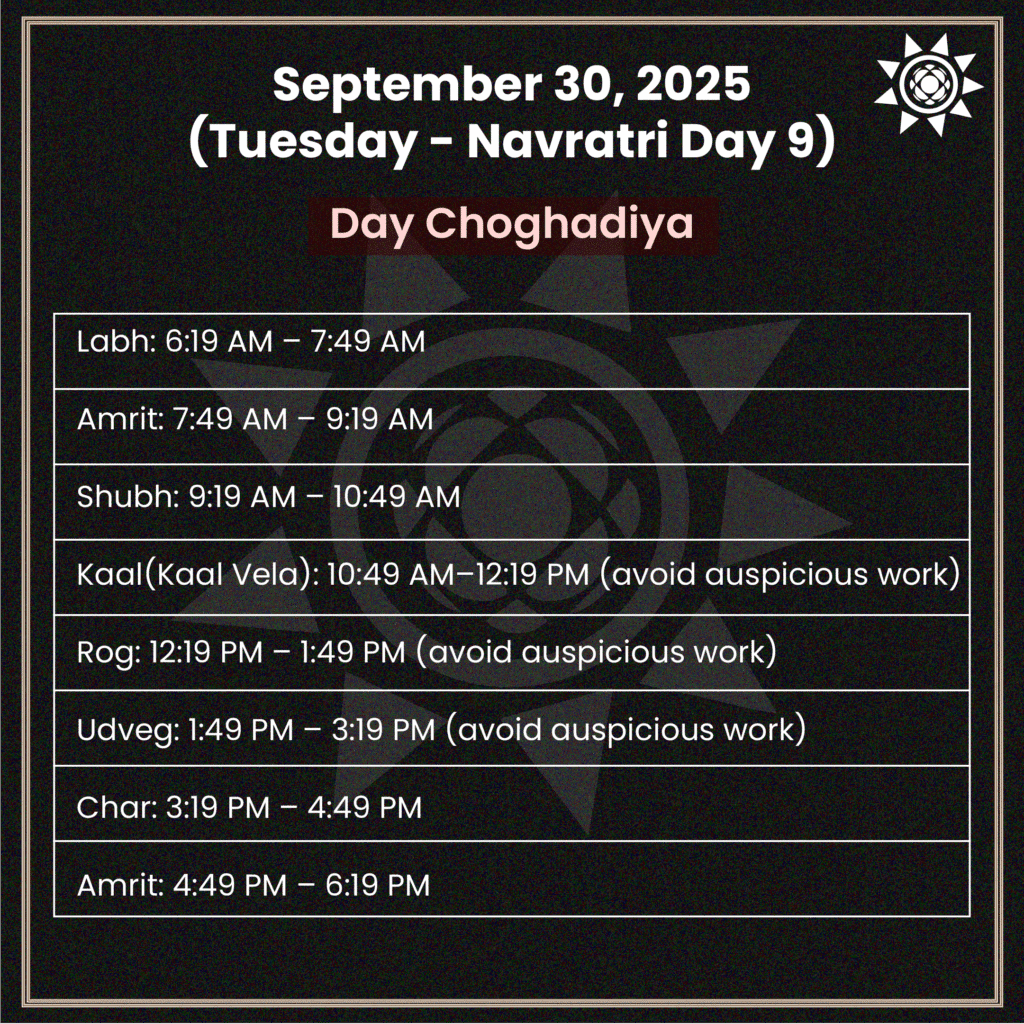
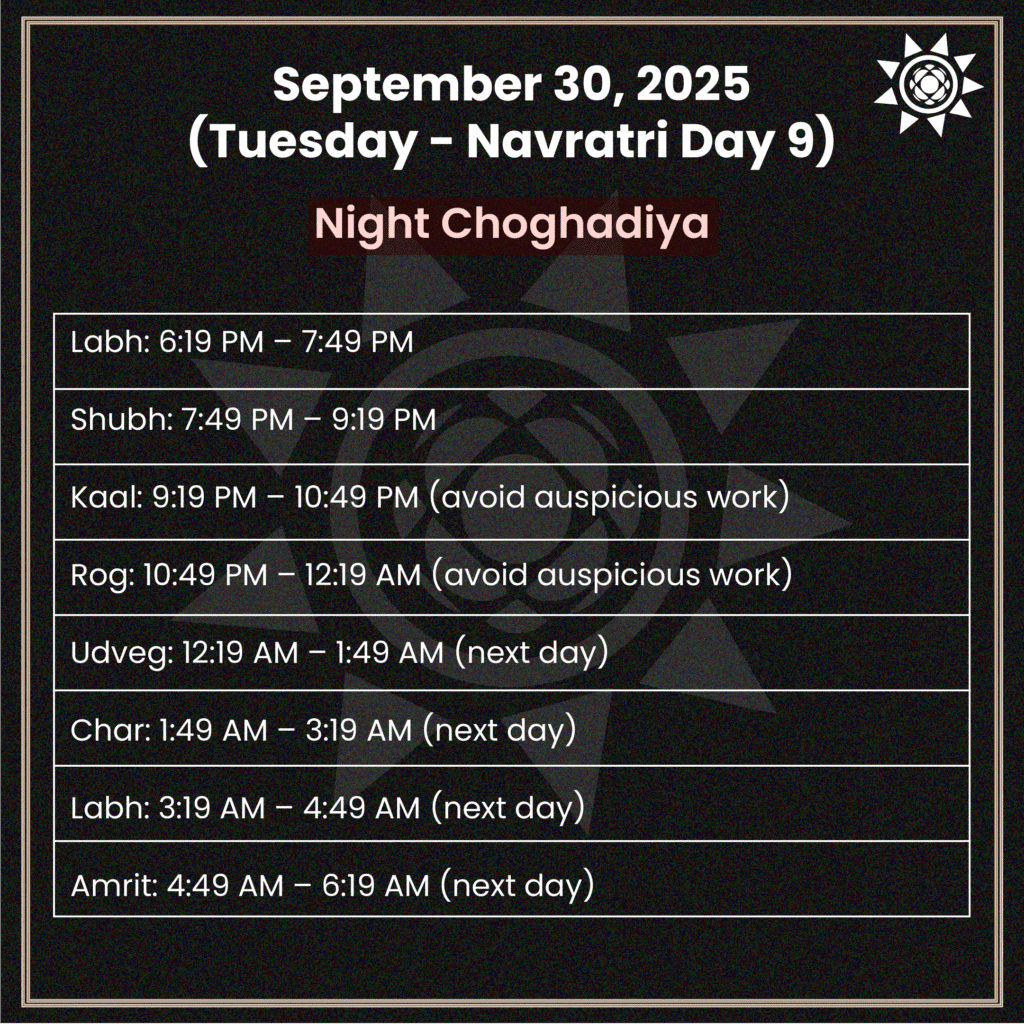
Short Note on Muhurth: Performing rituals like Aarti, Garba, Havan, or Kalash Sthapana at the right muhurth ensures cosmic harmony and positive vibrations in the home.
The Essence of Navratri
Navratri is not just nine nights of devotion—it is nine nights of self-discovery, celebration, and unity. From the spiritual strength of fasting to the cultural energy of Garba, every tradition carries centuries of meaning.
As you celebrate Navratri 2025, wear your colors proudly, twirl in your lehenga, follow the muhurth, and dance with full devotion—because Navratri is not just a festival; it is the rhythm of life itself.



